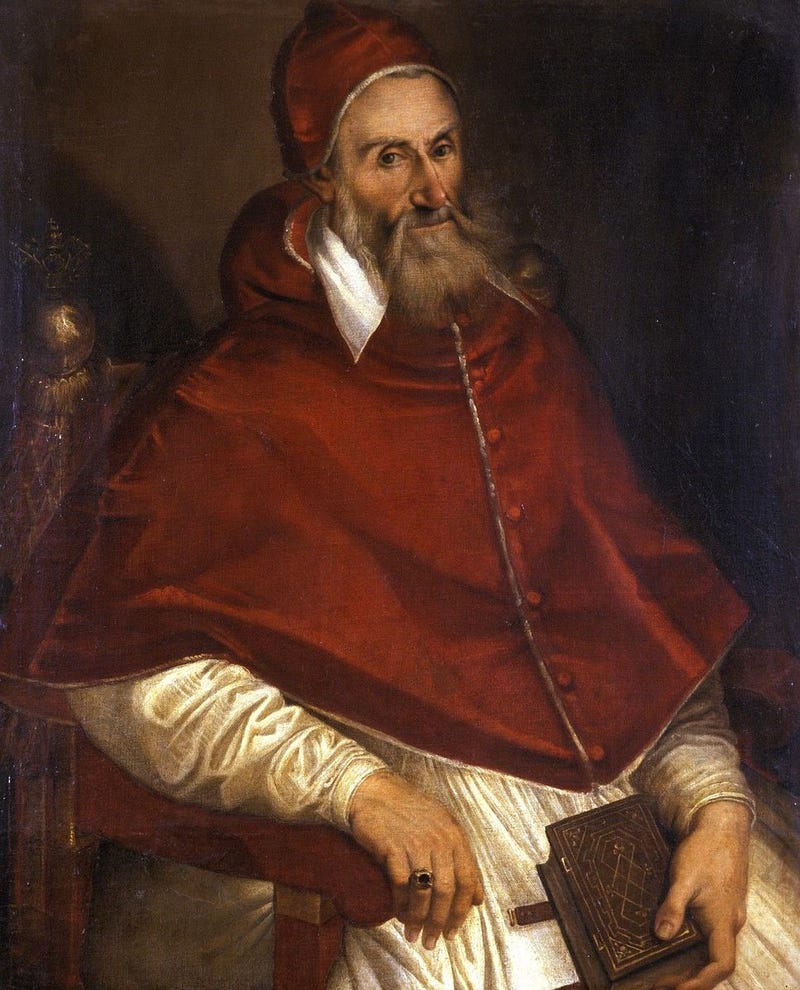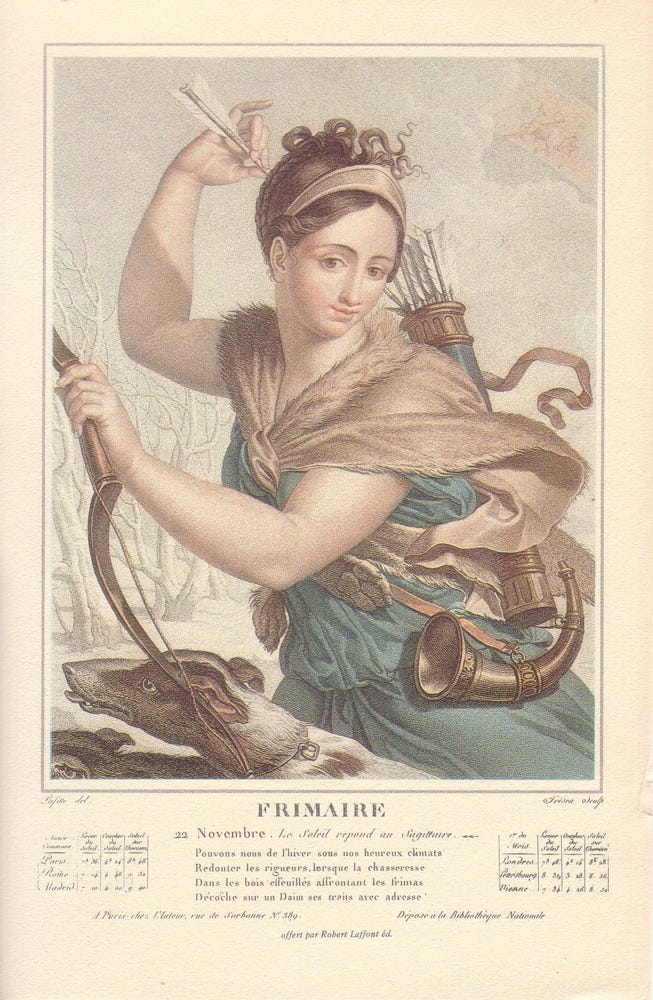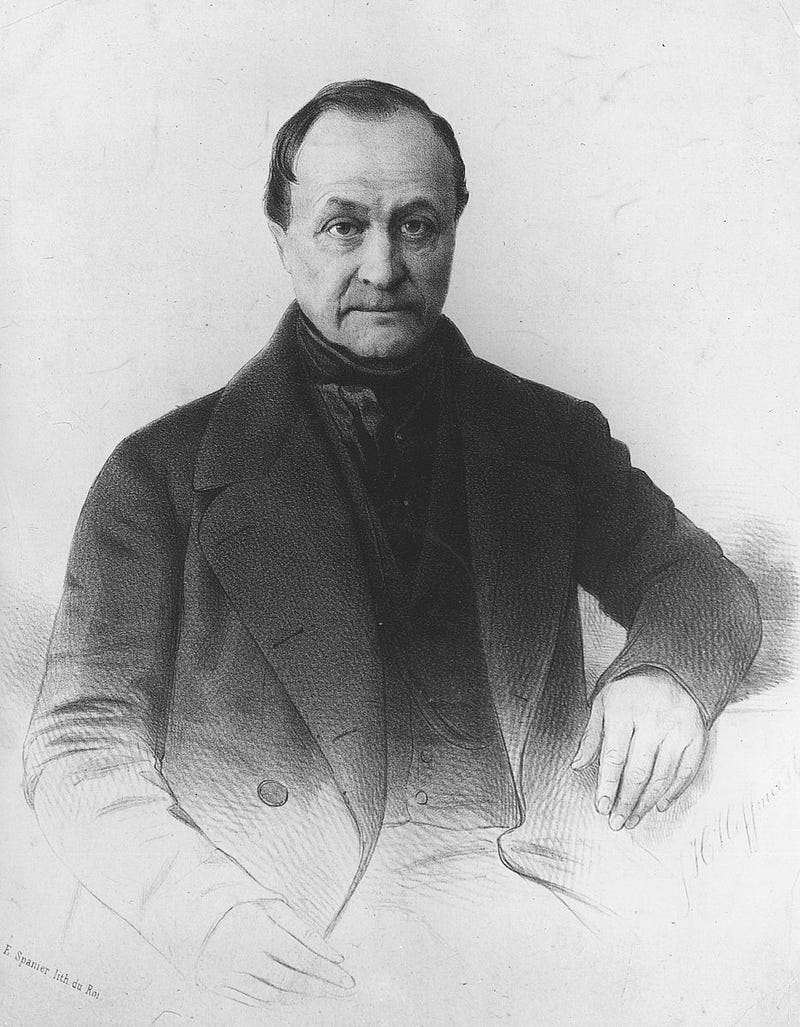In Quest of a More Rational Calendar: A Historical Overview
Written on
Chapter 1: The Flaws of Our Current Calendar
The calendar in use today leaves much to be desired. With months of varying lengths and no discernible pattern, it raises the question: is this truly the best we can achieve? Significant dates such as Thanksgiving, Election Day, and Easter shift unpredictably across the calendar, highlighting its inadequacies.
The roots of our calendar can be traced back to Julius Caesar, who reformed the existing Roman system long before the advent of modern concepts like Christianity and computers. Understanding that a year comprises approximately 365.25 days, Caesar adjusted the Roman calendar to include 12 months of either 30 or 31 days, with Februarius notably having 28 days. He attempted to correct the additional quarter-day by incorporating an extra day into Februarius every four years.
However, the Roman calculations were not entirely accurate. A year is actually closer to 365.2422 days, resulting in the Julian calendar introducing an unnecessary day every 128 years. This discrepancy accumulated over centuries, causing Easter to drift further away from its traditional timing by the Renaissance.

Chapter 2: The Gregorian Reform
In 1582, Pope Gregory XIII implemented a significant reform, skipping ten days in the calendar—October 5 to October 14 simply vanished! He also modified the leap year rules, eliminating leap days in years divisible by 100 but not 400. Although this adjustment brought the calendar closer to the true length of a solar year, it remains imperfect; over millennia, it will still be offset by a day.
Despite Pope Gregory’s efforts to align the calendar with the earth's cycles, many issues persisted. Over the years, various individuals have endeavored—often unsuccessfully—to create a more logical system.
Section 2.1: Revolutionary Aspirations
One of the most notable attempts occurred during the French Revolution when revolutionaries sought to apply Enlightenment principles to every facet of life. Charles Gilbert Romme led a committee that aimed to rationalize the calendar, stripping it of its connections to religion and monarchy. The year 1789 became Year 1 of the Era of Liberty, and the months were renamed to reflect seasonal changes, such as “harvest” and “fruit.”
Each month consisted of three weeks of ten days, a reflection of the revolutionaries' desire to decimalize time. New names were assigned to the days, and a rural calendar was introduced to offer unique names for each day of the year.

Section 2.2: The Limitations of the Revolutionary Calendar
While the Revolutionary calendar briefly offered a more systematic approach, it ultimately failed to gain lasting popularity. Napoleon reinstated the old calendar in 1805, although it saw a brief revival during the Paris Commune in 1871.
Chapter 3: Further Attempts at Calendar Reform
Despite the French Revolutionary calendar's shortcomings, other thinkers continued to explore new calendar systems. In the mid-1800s, philosopher Auguste Comte proposed a humanistic calendar, which replaced traditional month names with those of notable philosophers and leaders.

Comte's design featured 13 months of four weeks each, with an additional holiday to reach a total of 365 days. This structure provided predictability, ensuring that dates and holidays consistently fell on the same days. Nevertheless, Comte’s calendar never gained traction and faded with him.
In the 20th century, various other proposals arose. British businessman Moses Cotsworth championed a calendar akin to Comte’s, which he termed the International Fixed Calendar, highlighting its advantages for business scheduling.
Section 3.1: The League of Nations Contest
In the 1930s and 1940s, Elisabeth Achelis sought to implement her calendar, dividing the year into four quarters. The last day of the year, dubbed Worldsday, was envisioned as a global holiday. The League of Nations even organized a contest to explore calendar reform, with both Achelis' and Cotsworth's designs in contention. However, with the League's eventual collapse and the onset of World War II, these reform efforts were abandoned.
Ultimately, despite numerous attempts to refine the calendar, we find ourselves bound to an ancient system. Even seasoned individuals often rely on mnemonic rhymes to recall the number of days in each month. While there may be a nostalgic charm to this flawed system, it is likely that past reformers would be disheartened to see us enduring such an antiquated measure of time.
Thanks for reading! If you wish to receive notifications for future articles, please consider supporting my work. You can buy me a cup of coffee or join Medium through the link provided, allowing me to receive a portion of your membership fee at no extra cost to you.
